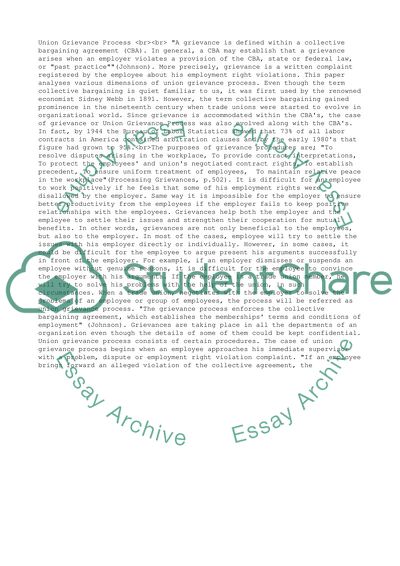Cite this document
(“Union Grievance Process Research Paper Example | Topics and Well Written Essays - 1000 words”, n.d.)
Retrieved from https://studentshare.org/business/1430068-union-grievance-process
Retrieved from https://studentshare.org/business/1430068-union-grievance-process
(Union Grievance Process Research Paper Example | Topics and Well Written Essays - 1000 Words)
https://studentshare.org/business/1430068-union-grievance-process.
https://studentshare.org/business/1430068-union-grievance-process.
“Union Grievance Process Research Paper Example | Topics and Well Written Essays - 1000 Words”, n.d. https://studentshare.org/business/1430068-union-grievance-process.


